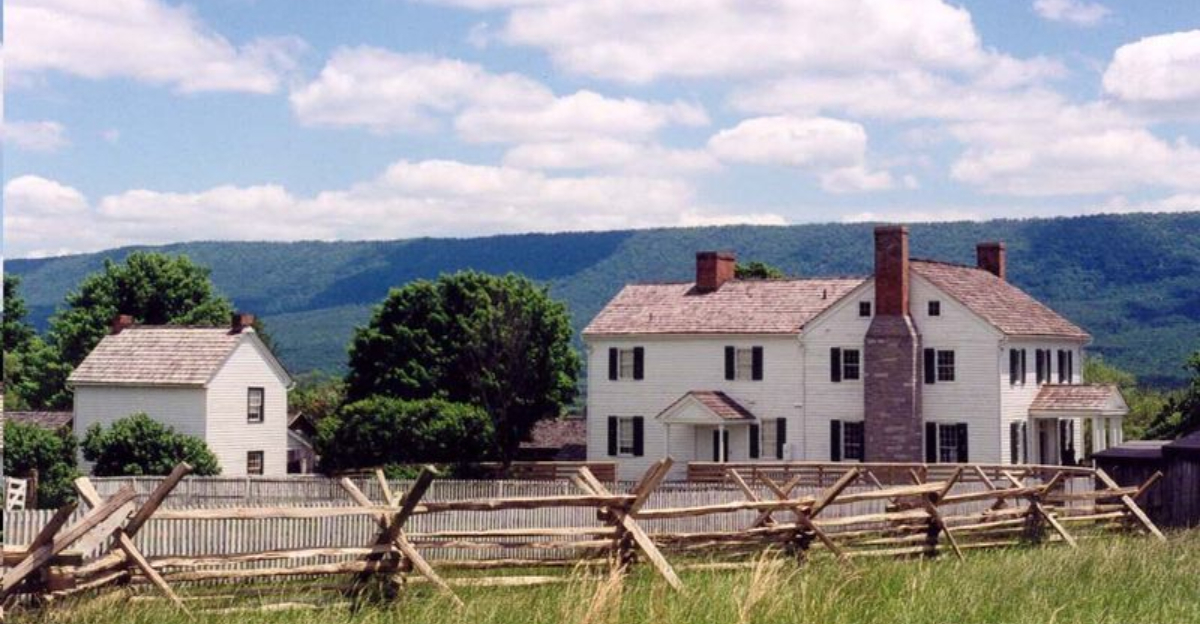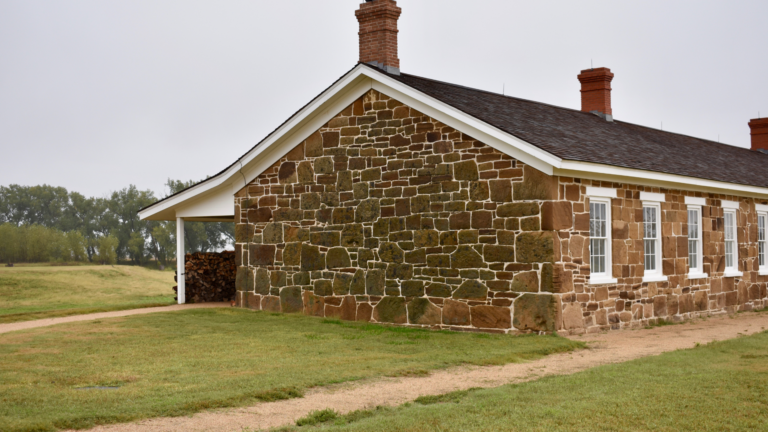15 Photos Of A Shenandoah Valley Home That Survived The Civil War
Nestled in the picturesque Shenandoah Valley stands the Bushong House, a remarkable testament to resilience during America’s bloodiest conflict.
This historic farmhouse witnessed the Battle of New Market in 1864, yet remained standing while war raged around it. Today, it offers a fascinating glimpse into Civil War-era life and the extraordinary stories of ordinary people who endured history’s darkest chapters.
1. The Majestic Farmhouse Exterior
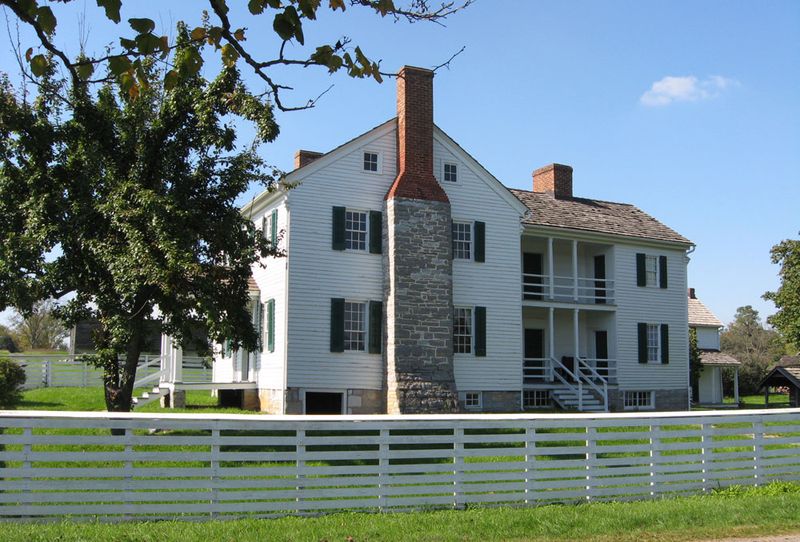
Standing proudly against the backdrop of rolling hills, this white clapboard farmhouse has weathered both storms and battles since the mid-1800s.
The sturdy wooden structure showcases classic Valley architectural elements with its symmetrical façade and practical design. Despite cannon fire and military occupation, the Bushong family home remained remarkably intact, a silent witness to the chaos of war.
2. Battle Scars on the Front Porch
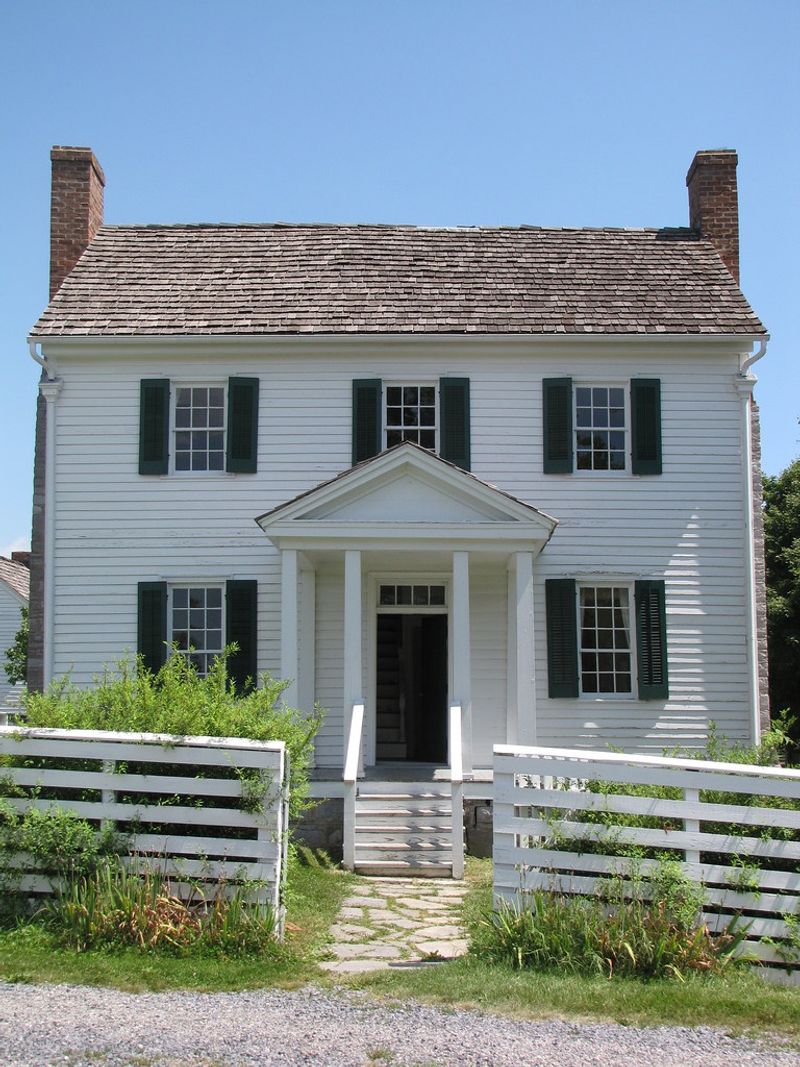
Would you believe bullets once ricocheted off these wooden columns? The front porch bears subtle marks from the Battle of New Market, where Confederate and Union forces clashed violently.
Careful restoration work has preserved these battle scars while ensuring the porch remains structurally sound. Visitors can now stand where soldiers once sought shelter, touching the very spots where history left its permanent signature.
3. The Historic Family Well
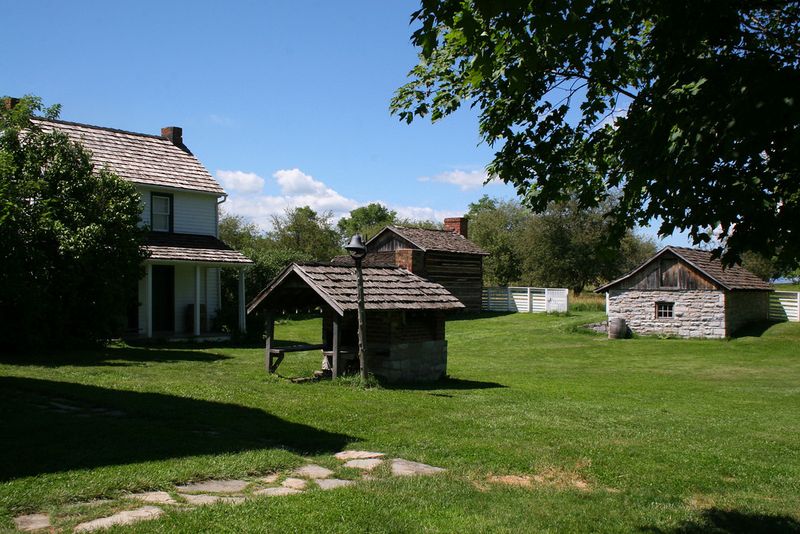
Imagine soldiers from both armies desperately seeking water from this stone well during the heat of battle! Located just steps from the main house, this vital water source served both the Bushong family and, briefly, wounded soldiers.
The hand-crafted stonework remains largely original, showcasing the craftsmanship of 19th-century masons. During the battle, the well became neutral ground where enemies momentarily set aside differences in their shared need for water.
4. The Summer Kitchen Building
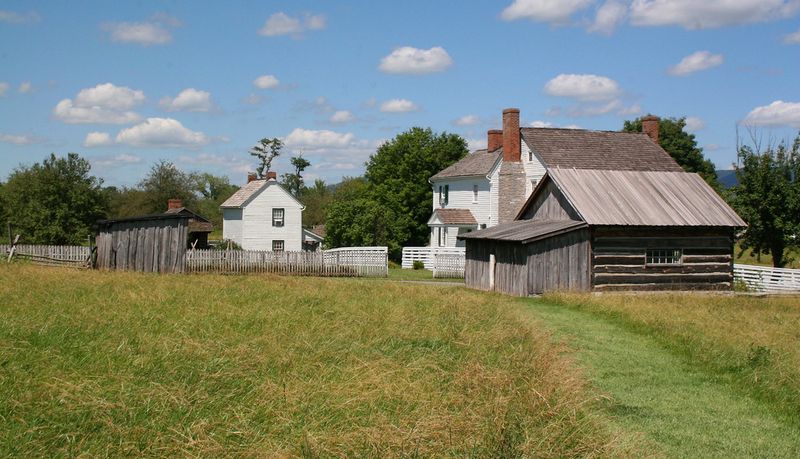
Separate from the main house stands the summer kitchen, where meals were prepared during warmer months to keep heat away from living spaces.
During the battle, this sturdy outbuilding served as an impromptu field hospital where wounded soldiers received emergency care. The original brick oven remains intact, a testament to practical 19th-century design that inadvertently created a haven during conflict.
5. Weathered Barn Doors
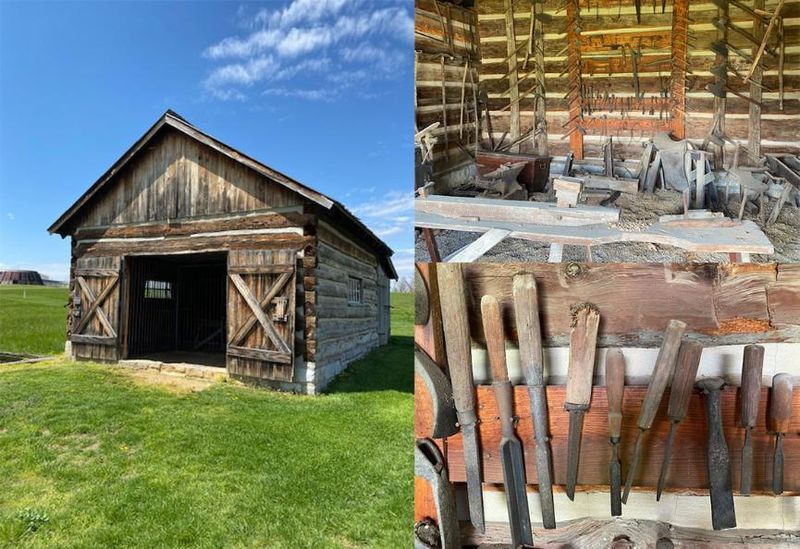
Creaking with age yet still functional, the massive wooden barn doors have survived over 150 years of use and warfare. Crafted from local timber, these impressive entryways once sheltered livestock while battles raged nearby.
Look closely and you’ll notice hand-forged iron hinges and latches, representing blacksmithing techniques largely forgotten today. The weathered patina tells a story of countless seasons, wars, and generations passing through these portals.
6. The Family Cemetery Plot
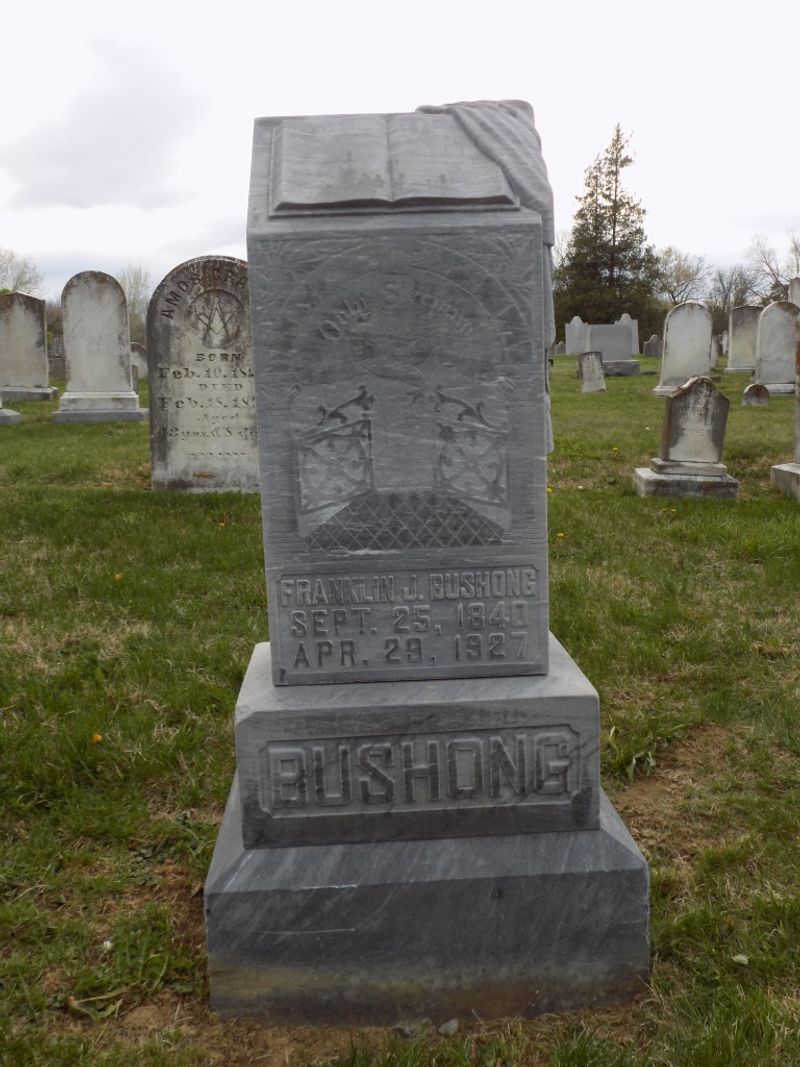
Hidden behind a wrought iron fence lies the Bushong family cemetery, where generations rest beneath simple stone markers. During the battle, family members took shelter in the basement while fighting swirled around their property.
Some headstones date back to the early 1800s, their inscriptions weathered by time and the elements. This sacred ground reminds visitors that beyond the grand narratives of war lived real families with hopes, dreams, and sorrows.
7. The Original Stone Fence
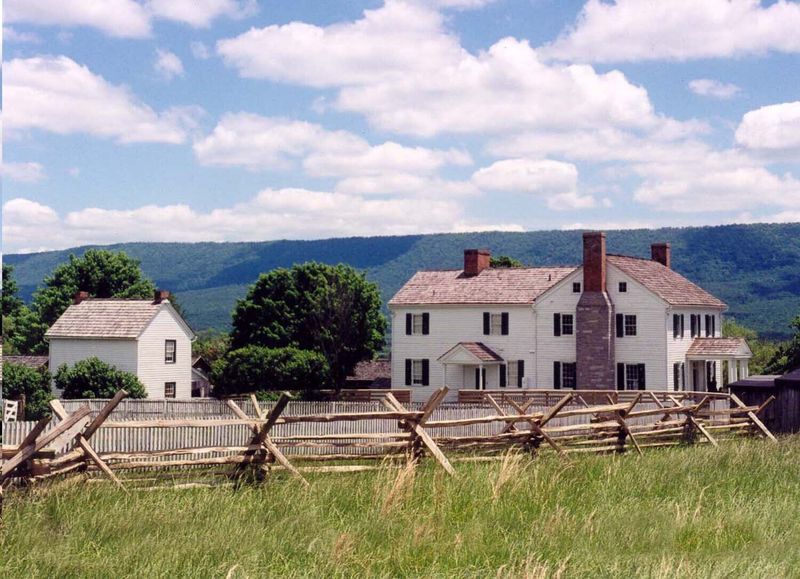
Snaking across the property, these hand-stacked stone walls once delineated farm boundaries and kept livestock contained. During the battle, they served as makeshift breastworks for soldiers seeking cover from deadly fire.
Many stones show damage from bullets and artillery, yet the walls largely stand as they did in 1864. What began as practical farm infrastructure became unintended fortifications in a conflict that transformed peaceful farmland into contested battleground.
8. The Apple Orchard’s Survivor Trees

A few gnarled apple trees from the original orchard still produce fruit each fall, direct descendants of trees that witnessed the Battle of New Market. These living monuments have grown from saplings to ancient sentinels over generations.
Soldiers once fought among these very trees, using their trunks for cover. Some trees still bear metal fragments embedded during the battle—nature literally incorporating human conflict into its growth rings.
9. The Smokehouse Preservation

Meat preservation was crucial for 19th-century farm families, and this small brick structure played a vital role in the Bushongs’ self-sufficiency. When battle erupted, the thick-walled smokehouse provided unexpected shelter from flying bullets.
Inside, original hooks still hang from blackened beams where hams and other meats once cured. The distinctive aroma of decades of woodsmoke lingers, connecting modern visitors directly to the sensory experience of Civil War-era farm life.
10. The Battle-Scarred Fields
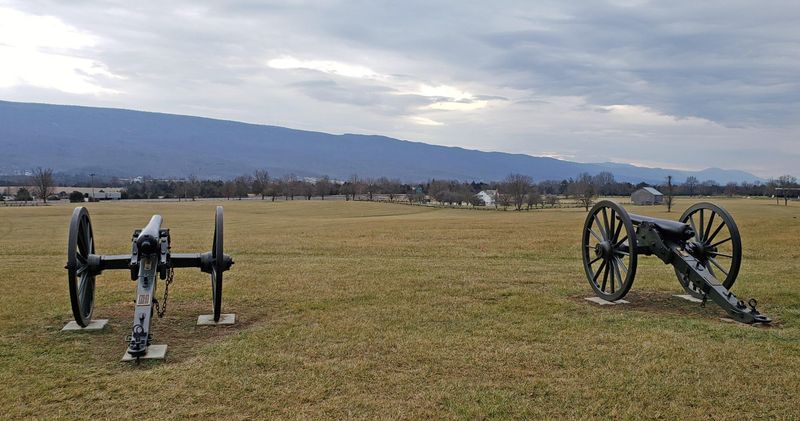
What appears as peaceful farmland today was once drenched in blood as the Battle of New Market raged across these very fields. The Bushong family had cultivated this soil for decades before war arrived at their doorstep.
Today’s visitors can walk where the Virginia Military Institute cadets made their famous charge. Archaeological digs continue to unearth artifacts—bullets, buttons, and personal items—that tell the intimate stories of those who fought and died here.
11. The Root Cellar Refuge
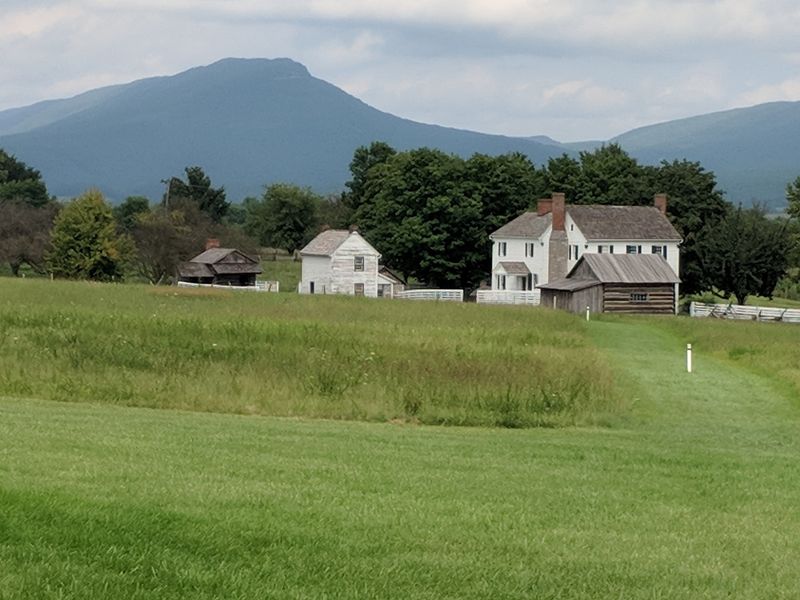
When cannon fire shook the earth and bullets pierced walls, the Bushong family sought safety in this underground sanctuary. Built for food storage, the cool earthen chamber unexpectedly served as a bomb shelter.
The solid stone walls and earth insulation protected the family during the height of battle. Family accounts describe huddling in darkness, listening to the chaos above while praying for survival—a harrowing experience preserved through generations of oral history.
12. The Hand-Dug Irrigation Channels
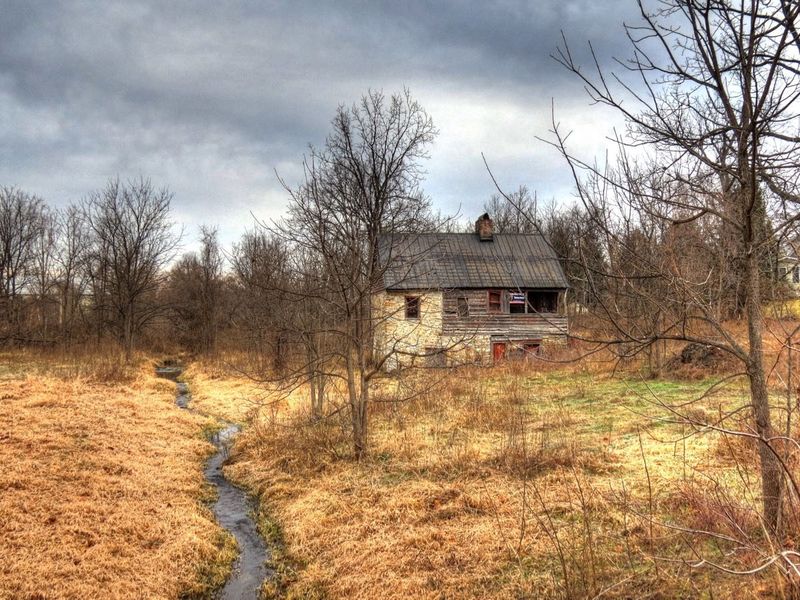
Farming innovation from another era remains visible in the carefully engineered water channels crossing the property. The Bushong family hand-dug these irrigation ditches to ensure crops thrived even during dry Shenandoah summers.
During the battle, these channels inadvertently became tactical features on the battlefield. Some soldiers used them for cover while advancing, while others found themselves trapped in these ditches during fierce fighting—agricultural infrastructure transformed into battlefield terrain.
13. The Reconstructed Springhouse
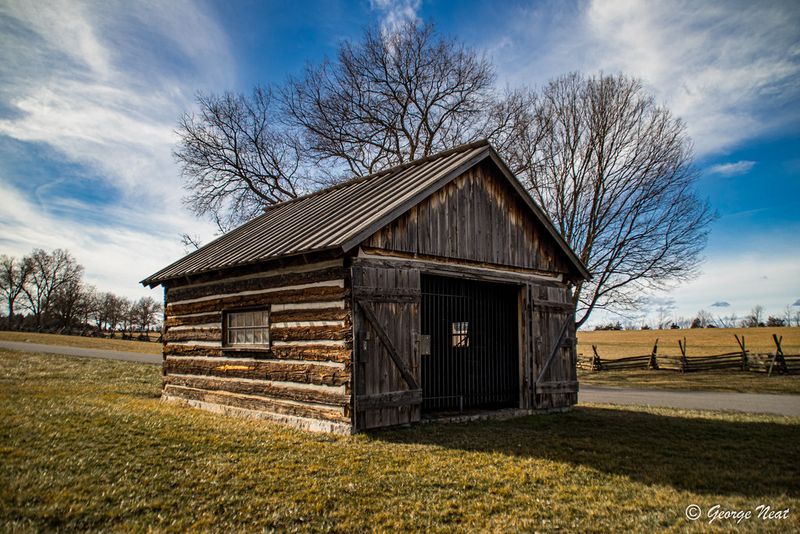
Fresh from the earth, cool spring water once flowed through this small stone building, providing refrigeration before electricity existed. Dairy products and perishable foods were kept cool by channeling the natural spring through stone troughs.
Damaged during the battle but later reconstructed, this springhouse represents the ingenious ways 19th-century families worked with natural resources. The constant temperature of spring water created nature’s refrigerator—a technology both simple and sophisticated for its time.
14. The Preserved Wagon Path
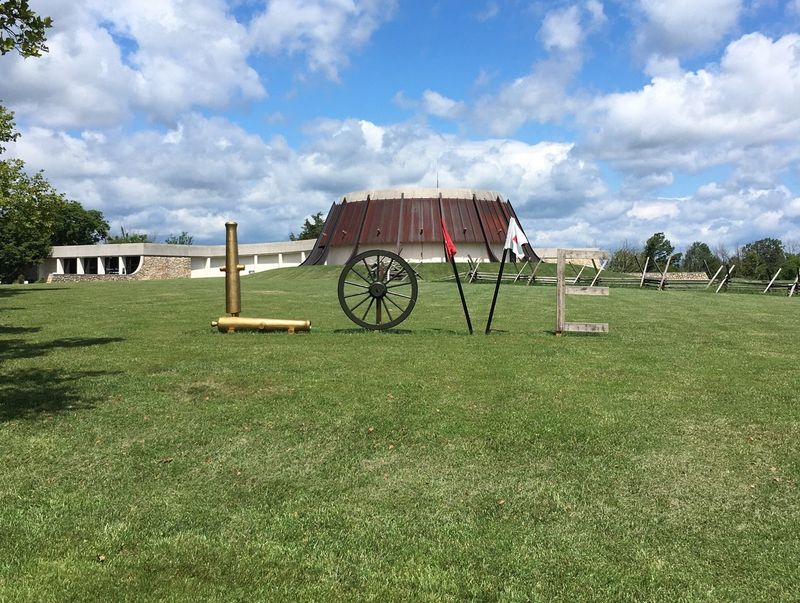
Worn by countless wagon wheels and horse hooves, this dirt path connected the Bushong farm to neighboring properties and the town of New Market. During the battle, this humble farm lane became a strategic route for troop movements.
The deep ruts visible today were formed over decades of use, both peaceful and wartime. Standing on this path connects visitors directly to the physical movement patterns of 19th-century farm life and the soldiers who marched here during those fateful days in May 1864.
15. The Original Homestead Foundation

Before the current house stood, the Bushong family built a smaller log cabin on this stone foundation in the early 1800s. As their prosperity grew, they constructed the larger home we see today.
These foundation stones represent the literal building blocks of Shenandoah Valley settlement. Archaeological work has uncovered household items from this earlier period—clay pipes, pottery shards, and children’s toys—offering intimate glimpses into pioneer life before the war changed everything.

